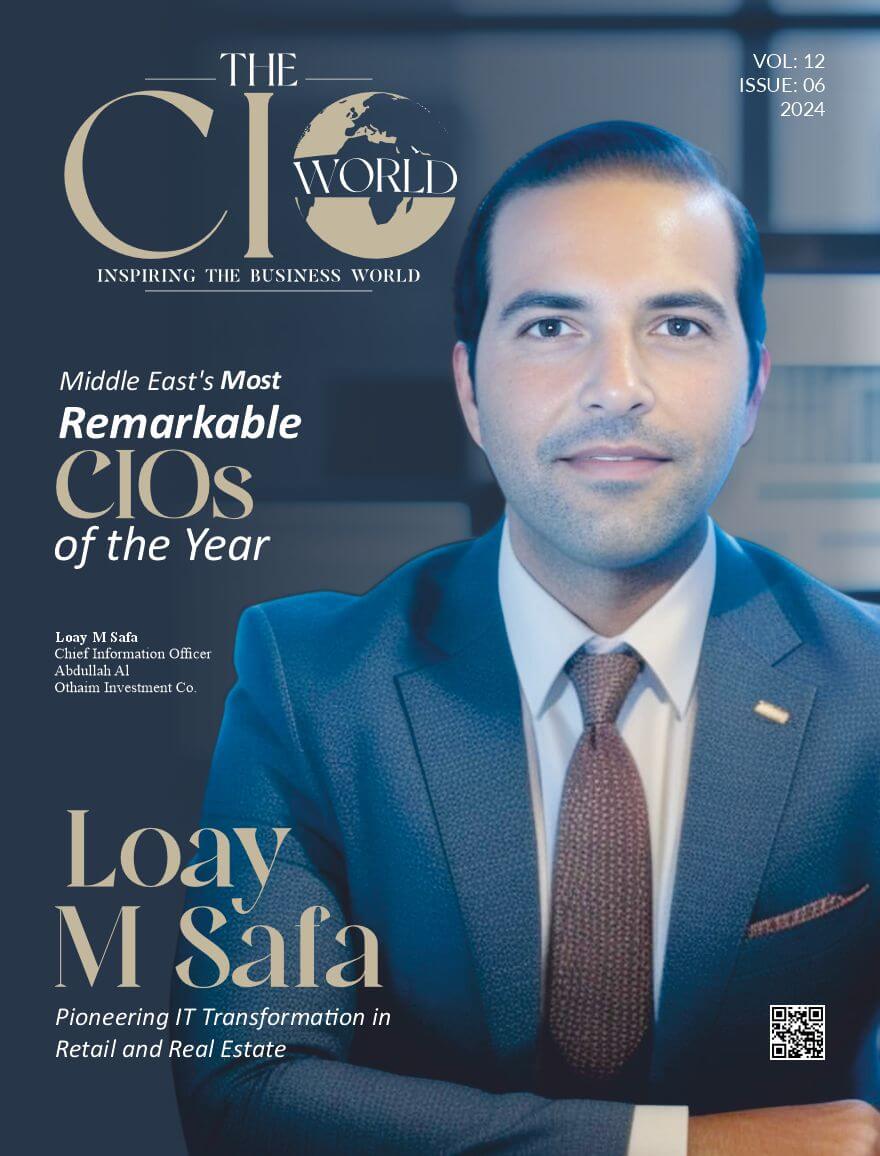Speaking in a way that arranges solutions over difficulties is a symbol of a leader. This strategy not only creates a happy atmosphere but also motivates team members to work together and be creative. Effective communicators motivate their groups, increase participation, and eventually produce superior outcomes.
The Value of a Mindset Focused on Finding Solutions
A focus on finding solutions is essential for good leadership. This entails concentrating on opportunities as opposed to wallowing in issues. Poor leadership language can cause serious problems within teams, including increased stress and burnout for 50% of employees and decreased job satisfaction for 34%, according to a 2023 report on business communication. Leaders can lessen these tensions and foster a more productive work environment by changing the focus from problems to solutions.
For instance, instead of just listing the problems in a challenge, a leader could center the conversation around possible solutions. “Let’s explore ways to boost our sales figures,” would be a more effective approach than saying, “We have a problem with our sales numbers.” This small change in language not only creates a more upbeat atmosphere but also inspires team members to share their thoughts and solutions.
Conscientious Communication
An additional crucial component of good leadership is intentionality in communication. Leaders’ ought to consider both their words and their delivery. This entails being transparent about their goals and making sure that the people they are speaking to understand what they are saying. When a leader communicates with purpose, team members are more likely to respect and believe in them.
Leaders need to to get in this ask themselves, “So how am I going to hope conversation? Consider the following question before a meeting or other important conversation: “How can I present my ideas in a way that encourages collaboration?” ” Pioneers require to make messages that will be more comprehensive and locks in by tending to the quality and criticism of others.
Emotional Intelligence’s Operate
Emotional intelligence (EI) has a massive impact on how addressing.
It relates to the social of skills, empathy, identifying and analysing self-awareness—all important for the emotions of other people. Emotionally intelligent leaders are better at encouraging open communication and nurturing a friendly environment.
For instance, a team leader could remark, “I know this is difficult for you,” when a member is struggling with a task. How can I support you as you dazed these obstacles? This tactic encourages cooperation and a sense of teamwork by exhibiting empathy and reinforcing the idea that the leader is there to assist.
Establishing Trust via Embarrassment
Another decisive part of good leadership communiqué is susceptibility. By actuality transparent and truthful about their trials and qualms, leaders can build stronger relationships with their squads. This transparency fosters a more collaborative environment by encouraging team members to share their own concerns and recommendations.
Empathic leaders can increase trust and engagement in their teams, according to research. A leader might, for instance, relate a personal tale about a time they encountered adversity and how they overcome it. This makes the leader more relatable and encourages others to persevere in the face of adversity.
Language’s Effect on Team Dynamics
The vocabulary in use by team leaders has to have a meaningful impact on the activity within in the group. A 2023 study showed that 22% of staff members thought of leaving due to leaders’ communication problems. This showed how important it is to respond in a way a that is transparent, positive, and enables a sense of loyalty and community by many team members.
Speaking in a way that is inclusive and encourages teamwork is the aim of leaders. For example, using “we” rather than “I” can encourage responsibility and cooperation. Prompting team members to actively engage in problem solving with statements such as “Let’s work together to solve this” can empower them.
To sum up, adopting a language that prioritizes intentionality, emotional intelligence, vtulnerability, and solutions is essential to speaking like a leader. Leaders can cultivate a collaborative and innovative work environment that promotes innovation by concentrating on these components. The figures demonstrate the important influence that good communication can have on job satisfaction and retention. Adopting this strategy increases a leader’s chances of inspiring their team and producing better organizational results. Leaders have a real impact on their organizations when they actively work to communicate in a way that prioritizes solutions over problems.







